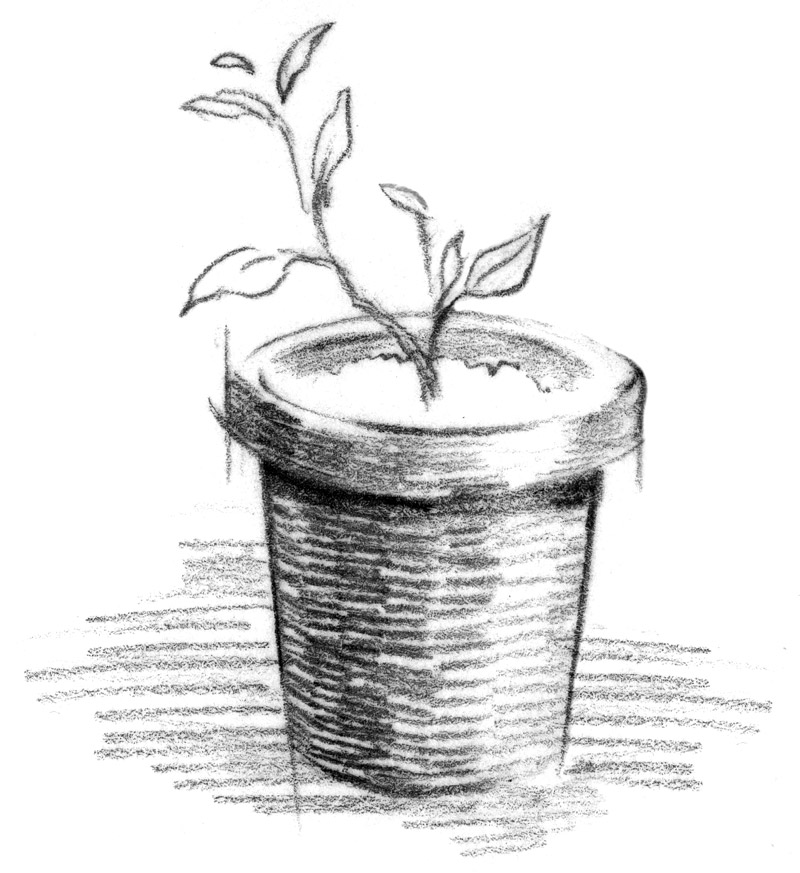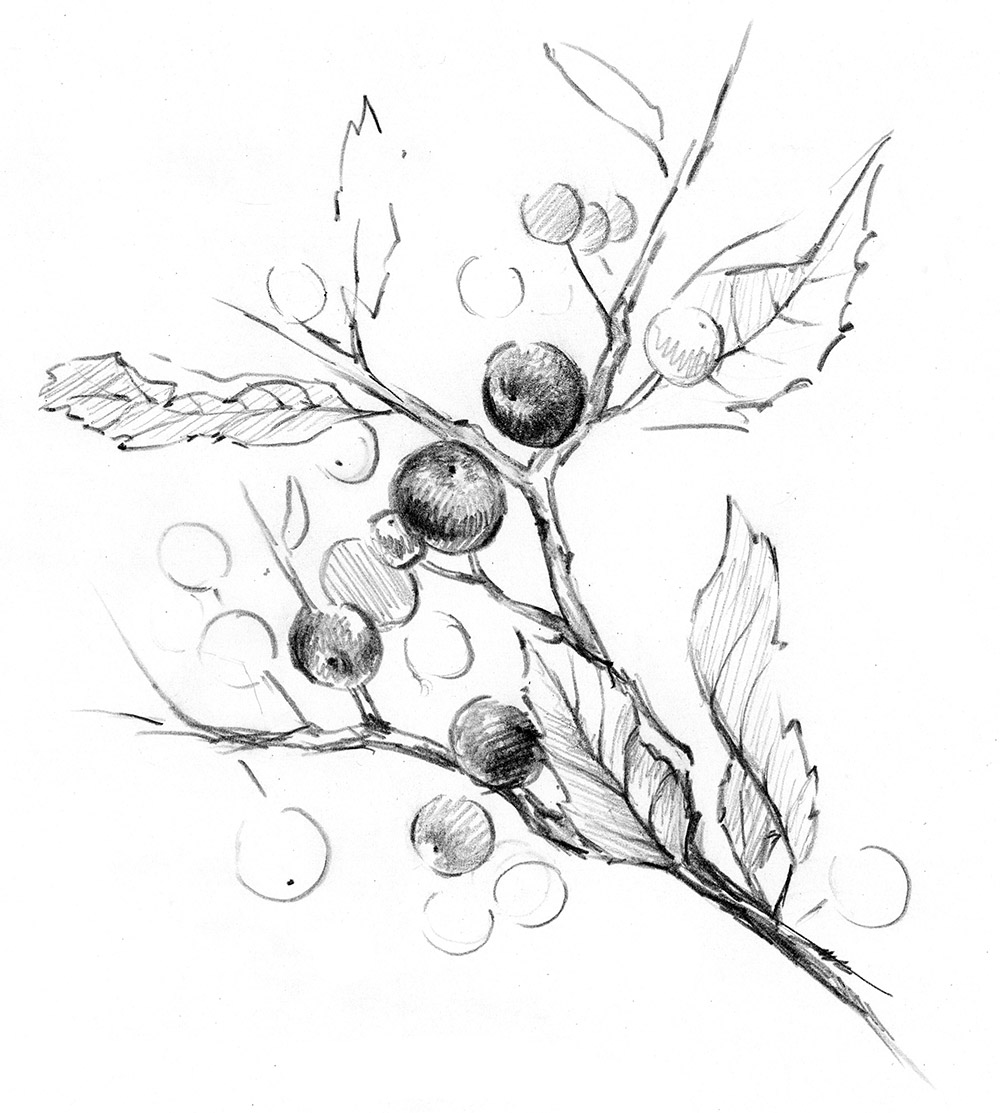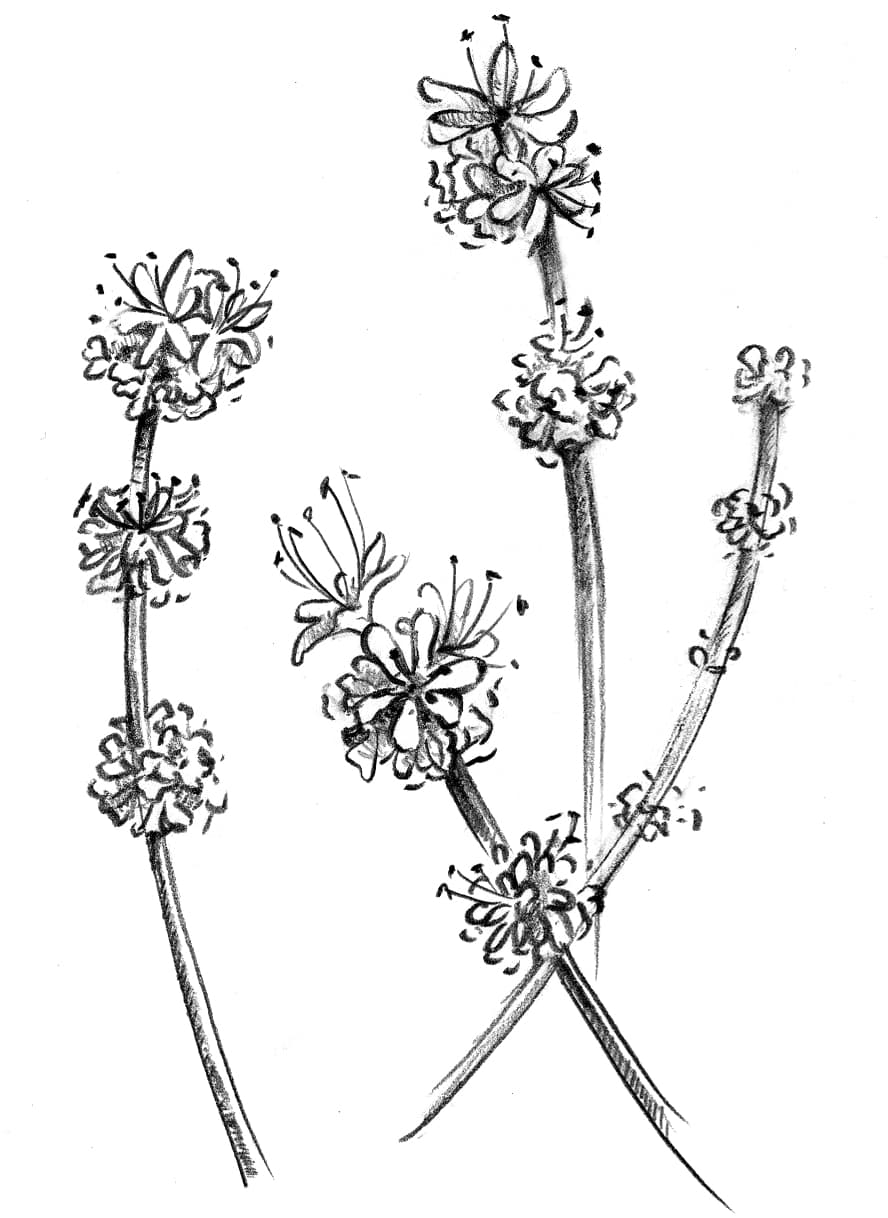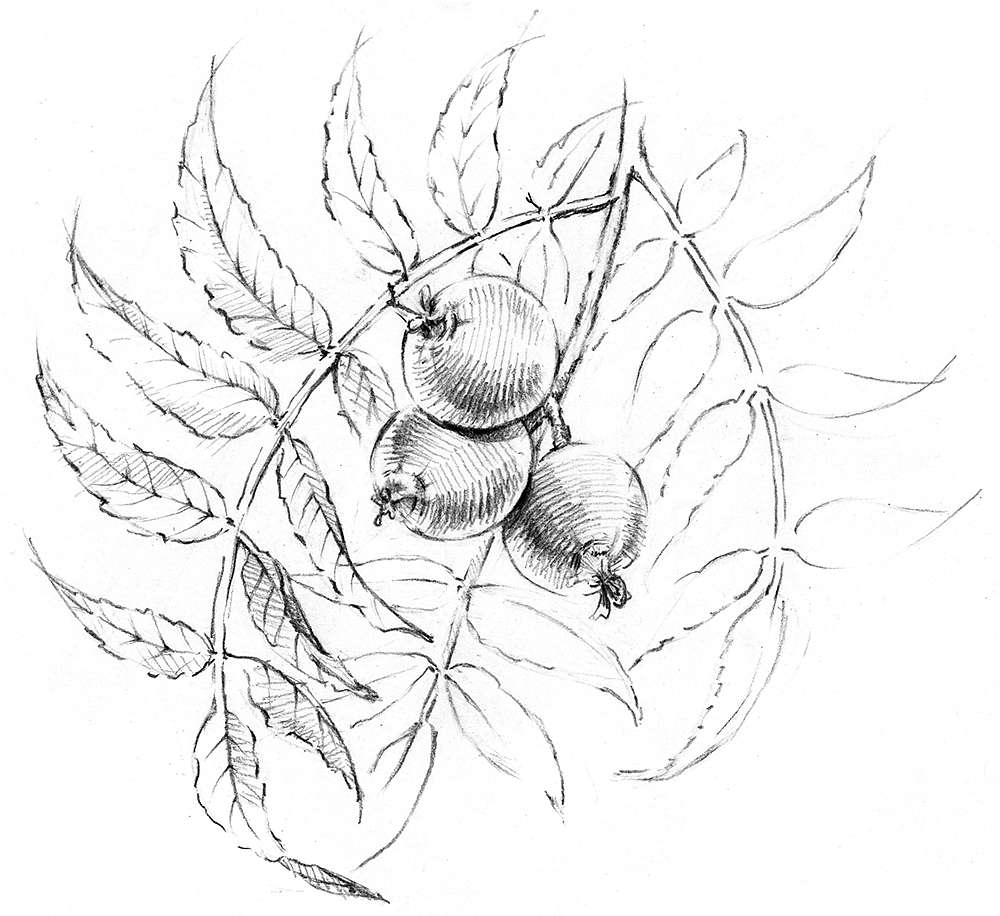Who, in their right mind, would intentionally plant Poison Oak? Well, here at LANPS, we invite you to step outside the bland uniformity of the typical native garden axis of conventional Manzanita and Ceanothus cultivars and consider planting Poison Oak as an act of radical habitat restoration in your own backyard.
Aside from its obvious and undeniable, um, “drawbacks,” this food source for wildlife belongs in Los Angeles and is a member in good standing of the Southern Oak Woodland community. (In fact, the former Tongva village where the original pueblo of Los Angeles was established was called “Yangna,” or “Place of the Poison Oak.”) When planted strategically (so that it’s not likely that your skin will come into contact with its leaves or stems), it’s also quite beautiful, weaving through other, sturdier shrubs with its trio of shiny, oak-like leaflets that go from apple green in spring to rusty red and yellow in the fall.
Poison Oak is an excellent choice for an oak understory but will appreciate any relatively remote spot in your garden with dappled/filtered sun. It needs no supplemental water once established. A pair of garden gloves when pruning will keep everyone happy. (For an in-depth disquisition on this much maligned local native, see “Planting a Pariah.”)







































